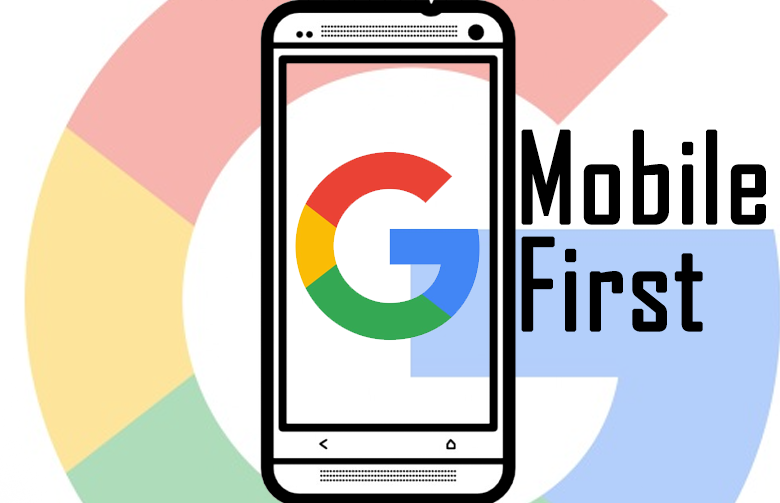What Is ‘Mobile First’ and Why Does It Matter for SEO?

It’s clear just from looking around that it’s a mobile nation. And all of those people with their devices firmly in hand aren’t just connecting with friends and family. They’re also engaging with their favorite brands or looking for a local business to meet their needs. More people now use mobile devices to search online than desktop PCs, a fact Google has been well aware of since 2015. This is when the search engine giant became plans to shift to a mobile-first approach to ranking. So, what exactly does this mean for your business and your SEO plans?
What Is ‘Mobile-First’?
Previously, Google looked at how websites appeared on desktops first before considering mobile screens. With “Mobile-First,” the priority is reversed, with mobile usability now considered first. A firm date for full rollout hasn’t been set yet, but it’s widely believed that the shift will take place in 2018. Still, it’s no secret Google is already paying attention to what the user experience is like for mobile visitors to your site.
How Does It Affect SEO?
If you are a business owner with a separate desktop and mobile website, your ranking will be affected if the content is different. For instance, a mobile version of your site with much less content than your desktop site won’t rank as well. A solution worth considering is to have a single site with a responsive website design, referring to a site designed to adapt to whatever screen it’s being viewed on by a searcher.
Should Your Site Be Mobile-Friendly?
Some businesses actually have more engagement from desktop users, so mobile-friendliness isn’t always a priority. Overall, however, more consumers are using their mobile devices to look for business information and make purchase decisions. According to one study, half of all mobile users make a buy from a local business they find online within 24 hours of first viewing their website. Plus, Google has been steadily rolling out features, such as Accelerated Mobile Pages (AMPs), designed to encourage mobile-friendliness. Consider the following SEO-related adjustments you can make to improve your website’s mobile appeal:
- Pay attention to page load times (mobile users typically expect pages to load within a few seconds)
- Optimize your site for local searchers since nearly 60 percent of mobile searches have local intent
- Optimize images for smaller screens (larger images can slow down your page speed)
- Reduce content clutter to allow for the use of white space to increase readability on smaller screens
- Remove unnecessary source code to avoid delays with page loads
- Don’t use Flash (a lot of mobile users can’t view Flash elements)
- Leave space for fingers around buttons and icons to reduce the risk of accidental taps, especially on pages where customers will be completing purchases and entering payment info
- Optimize your pages with descriptive titles, short paragraphs, and bullet points (mobile users tend to skim first, then read)
Google insists ranking webpages from a mobile perspective won’t have a big impact on rankings. However, the Big G did rollout a mobile-friendly algorithm in 2016. They also debuted a more significant algorithm update in 2015 referred to as Mobilegeddon that gives priority to sites that display well on mobile screens. What all this means is that keeping an eye on how well content resonates with mobile users is no longer optional for most businesses.
Have you optimized your content and website for on-the-go searchers yet? If you need some help with this goal, contact the team at 445 Media today.
Recommended Posts

Are You Using SEO Marketing Mistakes?
November 13, 2020

SEO In Current Decade
July 23, 2020

Understanding Keyword Research
October 31, 2019

